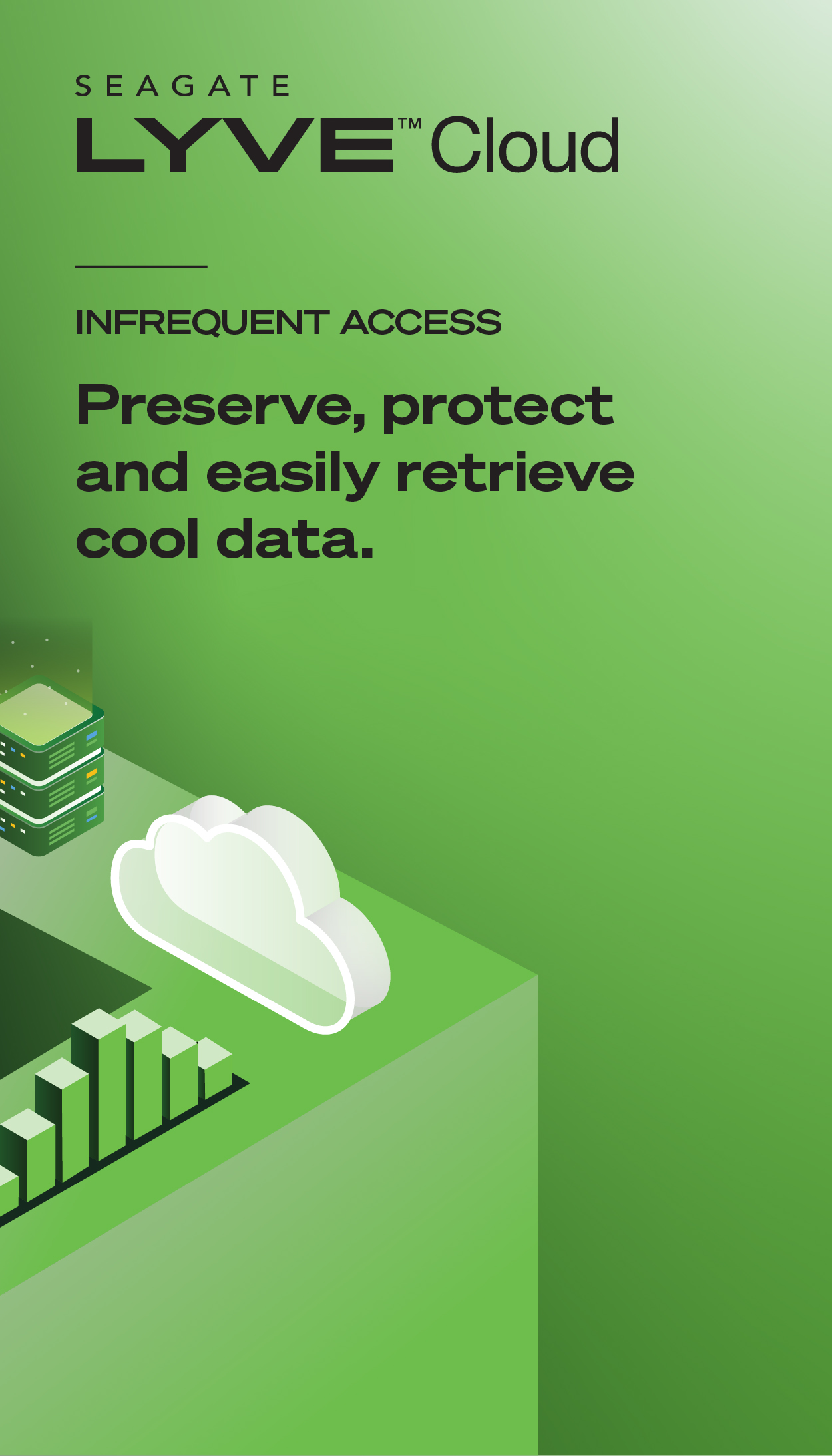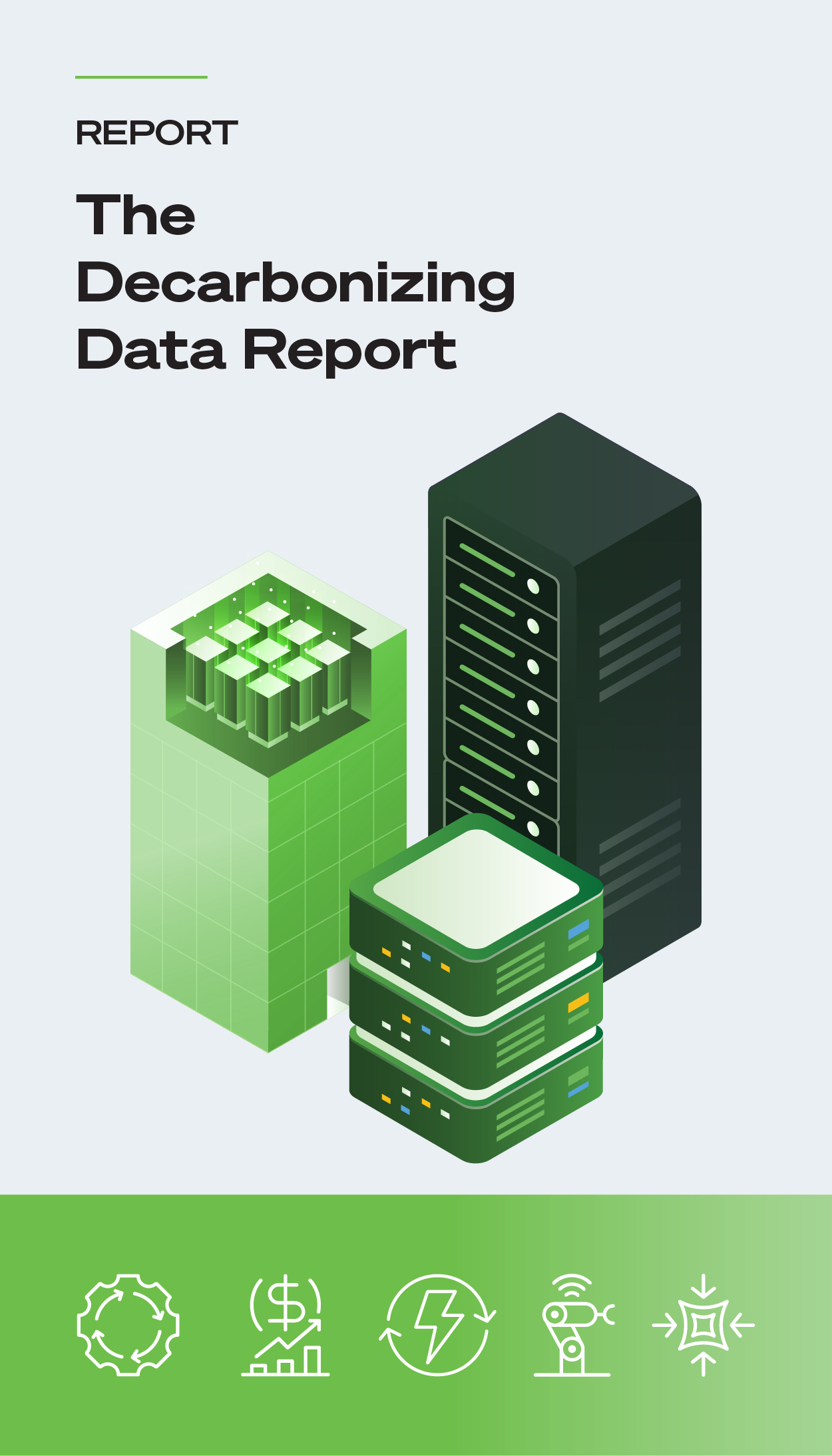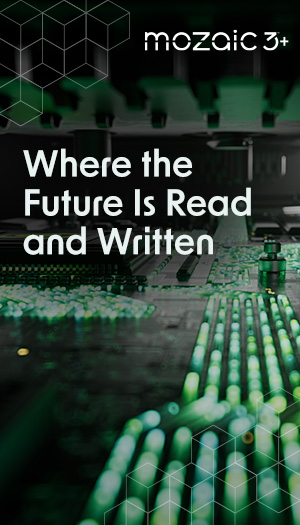In most cases you can use your external hard drive to copy data from one computer to another. It is recommended that you only copy data (i.e. pictures, documents, music, etc.) and not applications. Applications will not function when they are copied to a different system. Also, please note there may be a file system compatibility issue. Please see the "File system compatibility between operating systems" section below.
To copy the data to the external hard drive:
There are four main ways to save data (or "backup") to your external drive: manually (using the copy & paste or the drag & drop method), creating image/clone backups, using a backup software, and using backup programs included within Windows or MacOS.
- To backup your data manually, please see Document ID: 206295 for instructions, Remember that you may always backup manually, whether or not you are also using a backup software.
- Many Seagate and Maxtor-brand drives include backup programs, and you may use these as well as manual methods to perform backups. To use a backup software, simply install the software that came with your drive and configure the backup to run when you launch it or on a scheduled basis.
- See our How To section for how-to videos and other resources to help you set up your backup program.
- To use MacOS native backup systems like Time Machine, please check with their manufacturer documentation. Here are some examples:
File system compatibility between operating systems
Windows OS to MacOS:
The GoFlex line of drives includes an NTFS driver, which can make NTFS file systems usable in MacOS. See Document ID: 219103 for more information. This is the best solution Seagate offers for transferring data between Windows and Mac computers.
You may also format your external drive into FAT32 for use between Windows and Mac computers. See Document ID: 200895 for instructions. It is only possible to read FAT and FAT32 formatted drives in a Macintosh with OS 10.2 or earlier. Using a FAT32 formatted drive within the Macintosh environment is only recommended for a short period of time to transfer data.
 Data corruption will possibly occur when using FAT32 over an extended period of time in a Macintosh. Also keep in mind, that you will have a 4 GB file transfer limitation. Do not use NTFS formatted drives.
Data corruption will possibly occur when using FAT32 over an extended period of time in a Macintosh. Also keep in mind, that you will have a 4 GB file transfer limitation. Do not use NTFS formatted drives.
For non-GoFlex drives, Mac OS X 10.3 Panther or later works with local NTFS-formatted volumes, but the volume will be read-only. You will be able to copy data from, but not to, the external hard drive. With FAT32, it is recommended that the volume/partition size of the external hard drive not exceed 32 GB.
If you have an NTFS formatted disk, you must use another method to transfer the data from the Mac computer to the NTFS formatted external drive.
Please also see the following Apple article: How to transfer data from a PC to a Macintosh
Macintosh OS to Windows OS:
Seagate FreeAgent GoFlex drives includes the Paragon driver, which can make NTFS file systems usable in MacOS. Please see Document ID: 219103 for instructions on installing it. This is the best solution Seagate offers for transferring data between Windows and Mac computers.
For non-GoFlex drives, Windows does not support the Macintosh file system and it cannot be read. However, Macintosh and Windows can read the FAT32 file system. Using a FAT32 formatted drive within the Macintosh environment is only recommended for a short period of time to transfer data. It is recommended that you divide the drive in 32GB volumes/partitions and format as FAT32.
 Data corruption will be prevalent when using FAT32 over an extended period of time in a Macintosh.
Data corruption will be prevalent when using FAT32 over an extended period of time in a Macintosh.
Using a third-party disk utility that allows you to see Macintosh formatted volumes is an alternative to using FAT32 file system for the external hard drive.
MacOS to MacOS:
Some Seagate external drives, such as the FreeAgent Go for Mac and FreeAgent Desk for Mac, come formatted in MacOS Extended format, which is supported by Mac OS 8.1 and later.
Others, which come formatted in NTFS, need to be reformatted in MacOS before you attempt to store data on the drive. See Document ID: 207851 for instructions.
When you format your external hard drive, it should be formatted for Mac OS Extended. If you are transferring data from an OS 10 system to an OS 9 computer, or trying to access the data through OS 9 (with a drive formatted through OS 10), you will need to have installed OS 9 driverswhen you erase the drive. Otherwise, transferring data between OS 10 operating systems should work.
Helpful Apple articles:
Mac OS: About Mac OS Extended Volume Hard Drive Format or HFS+










